The Role of Architecture in Modern Society
In an era where the built environment is constantly evolving, architecture stands as a cornerstone of modern society. From the towering skyscrapers that define our cityscapes to the intimate, thoughtfully designed spaces within our homes, architecture is more than just the art of building—it is the art of shaping how we live, work, and interact.
The Power of Design: Beyond Aesthetics
Architecture in modern society is not just about creating visually appealing structures; it’s about designing spaces that enhance the quality of life. The aesthetics of a building are important, but the true power of architecture lies in its ability to influence the way people feel and behave within those spaces. Thoughtful design can foster a sense of community, improve mental well-being, and even boost productivity.
For instance, consider the open-plan offices that have become the norm in many workplaces. These spaces are designed not just to maximize space but to encourage collaboration, creativity, and communication among employees. Similarly, public parks and community spaces are designed to be more than just green areas—they are places where people come together, fostering social interaction and a sense of belonging.
Sustainability: A Responsibility of Modern Architecture
In today’s world, architecture plays a critical role in addressing environmental challenges. Sustainable design is no longer an option; it’s a necessity. Modern architects are tasked with creating buildings that not only meet the needs of today but also protect the resources of tomorrow. This involves using eco-friendly materials, energy-efficient designs, and innovative construction techniques that reduce the carbon footprint.
Green architecture goes beyond just the building itself; it encompasses the entire lifecycle of a structure, from design and construction to operation and demolition. By integrating sustainability into every phase, architects can create buildings that contribute positively to the environment, promoting a more sustainable way of living.
Technology and Innovation: Transforming Architectural Practice
The advent of new technologies has revolutionized the field of architecture. Tools like Building Information Modeling (BIM), 3D printing, and virtual reality (VR) have transformed the way architects design, visualize, and construct buildings. These technologies allow for greater precision, creativity, and efficiency, enabling architects to push the boundaries of what is possible.
Moreover, smart buildings, equipped with advanced technologies like IoT, AI, and automation, are becoming more prevalent. These buildings are not just structures; they are intelligent systems that respond to the needs of their occupants, optimizing energy use, enhancing security, and improving comfort.
Cultural Significance: Preserving Heritage in a Modern Context
While modern architecture often focuses on innovation and progress, it also plays a crucial role in preserving cultural heritage. Architects today are challenged to find a balance between honoring the past and embracing the future. This is particularly evident in the renovation and restoration of historical buildings, where modern techniques and materials are used to preserve the integrity of heritage structures while making them functional for contemporary use. Architecture serves as a link between past and present, allowing societies to maintain a connection to their history while moving forward. It tells the story of a place, its people, and their values, making it an essential aspect of cultural identity.
The Future of Architecture: Responsive and Human-Centered
As we look to the future, the role of architecture in modern society will continue to evolve. The focus will increasingly shift towards creating human-centered spaces that respond to the changing needs of society. This includes designing adaptable spaces that can be easily reconfigured for different uses, creating inclusive environments that cater to diverse populations, and integrating nature into urban spaces to enhance well-being.
In conclusion, architecture in modern society is about more than just constructing buildings; it’s about creating environments that enhance the human experience. As architects, our responsibility is to design spaces that not only meet the functional needs of today but also contribute to a sustainable and vibrant future. By embracing innovation, sustainability, and cultural preservation, we can shape a built environment that reflects the values and aspirations of modern society.
In conclusion, architecture in modern society is about more than just constructing buildings; it’s about creating environments that enhance the human experience. As architects, our responsibility is to design spaces that not only meet the functional needs of today but also contribute to a sustainable and vibrant future. By embracing innovation, sustainability, and cultural preservation, we can shape a built environment that reflects the values and aspirations of modern society.


